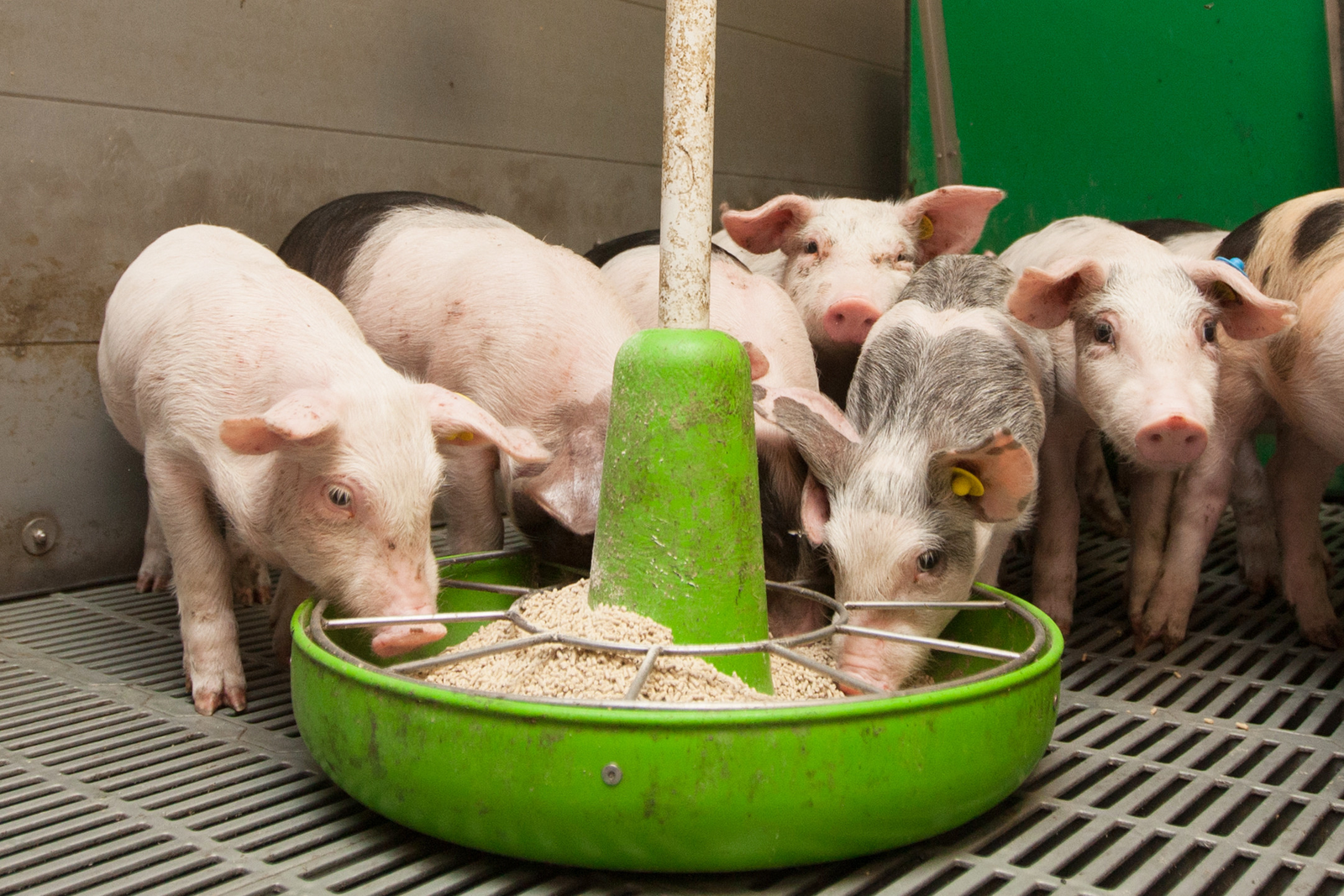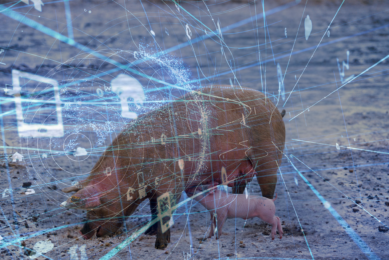3 ways to make piglets eat dry feed

A successful transition onto dry feed should be the top goal of weaning, says Dari Brown, Ph.D., swine nutritionist and young animal specialist with Purina Animal Nutrition. “You want to create early eaters.”
The weaning period can be challenging for pigs and pork producers alike. The transition from sow’s milk to dry feed can cause stress which in turn can lead to performance setbacks and a less than optimal return on investment. Pigs that become early eaters have a better chance to continue to grow quickly. According to Purina Animal Nutrition Center, a successful weaning can be achieved by following these three steps.

Pre-weaning: Introduce dry feed
Introducing dry feed while pigs are still in the farrowing facility can help pigs become accustomed to the new feed and prevent changes from happening all at once. Brown recommends the first dry feed be placed in the farrowing crates three to five days before weaning at a rate of 1.5 to 2.5 pounds (0.68-1.13kg) of feed per litter.
“Introducing pigs to dry feed prior to weaning is important so pigs can get familiar with the feed,” Brown says. “After being moved to the wean-to-finish or nursery barns, these pigs are more likely to recognise the feed and begin to eat from the feeder faster.”
Choosing a creep feed that contains complex, highly digestible ingredients and is formulated to taste and smell like sow’s milk helps create eaters by encouraging pigs to eat. Also, using a starter feed in the nursery with a similar taste and smell as the creep feed will help them transition quicker and take those first bites faster after weaning, getting them off to a good start.

During the transition: Keep starter feeds similar
Continue feeding a similar, palatable starter feed through the weaning transition.
“Palatability is very important for a pig,” Brown says. “Pigs have to like what they’re eating so they continue to go to the feeder. Young pigs only have so much room in their stomachs, so you have to keep them eating.”
Make sure the newly introduced feed is consistent between the pre-weaning and wean-to-finish sites. This consistency can help minimise variation at a time when many factors are changing.
“We want to make sure the pig can sense right away he is familiar with that feed,” Brown says. “When feed composition is consistent, the transition coming off the sow can be very gentle and very acceptable to the young pig’s digestive tract.”

Post-weaning: Provide fresh feed on mats
Place fresh feed on mats as soon as pigs arrive at the new facility. Focus on a group routine to foster eating throughout the day.
“Show young pigs where the mats and waterers are located and make sure fresh feed is available each day,” Brown says. “Provide no more than one day’s worth of feed to keep pigs coming back for more throughout the day.”
Pigs are more apt to eat in groups, which makes mat feeding an advantage during the post-weaning stage.
“Aggressive mat feeding supports the concept that pigs like to eat together,” says Brown. “When we mat feed, we see pigs not only come together but eat together, as well. It’s a great way to transition young pigs onto dry feed.”
The transition period can be stressful, but many tools are available to minimise the negative impacts of weaning stress. Successful strategies include introducing dry feed pre-weaning, offering feed with similar ingredients between phases and using mats to provide small amounts of feed regularly. Minimising stress at weaning supports performance through every phase at finishing.
Source: Purina Animal Nutrition











